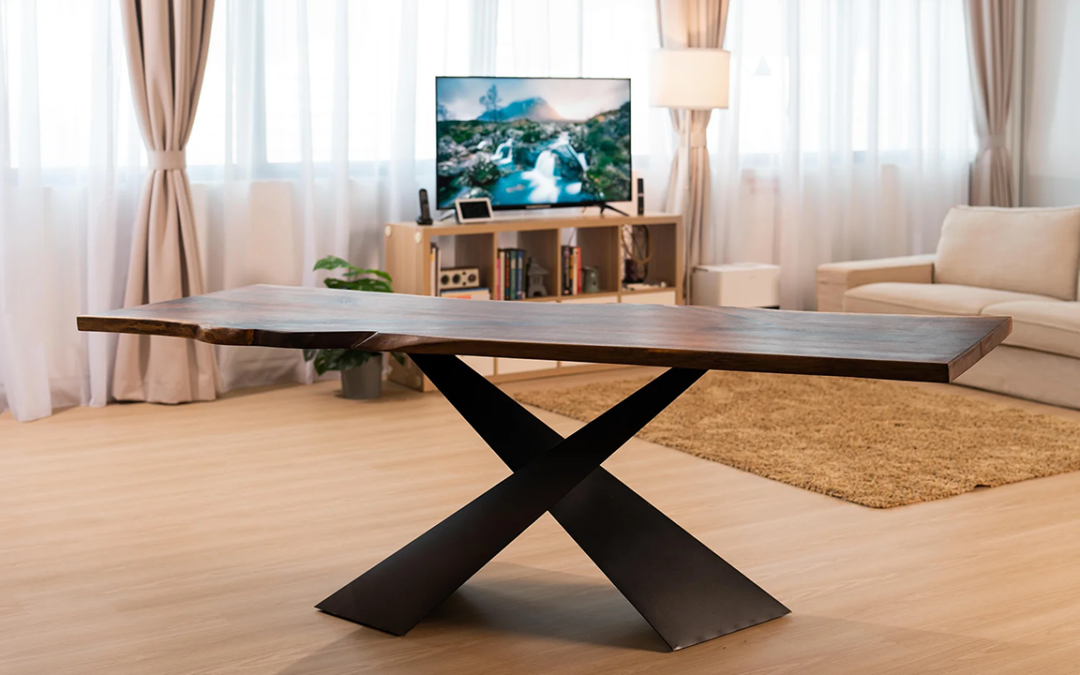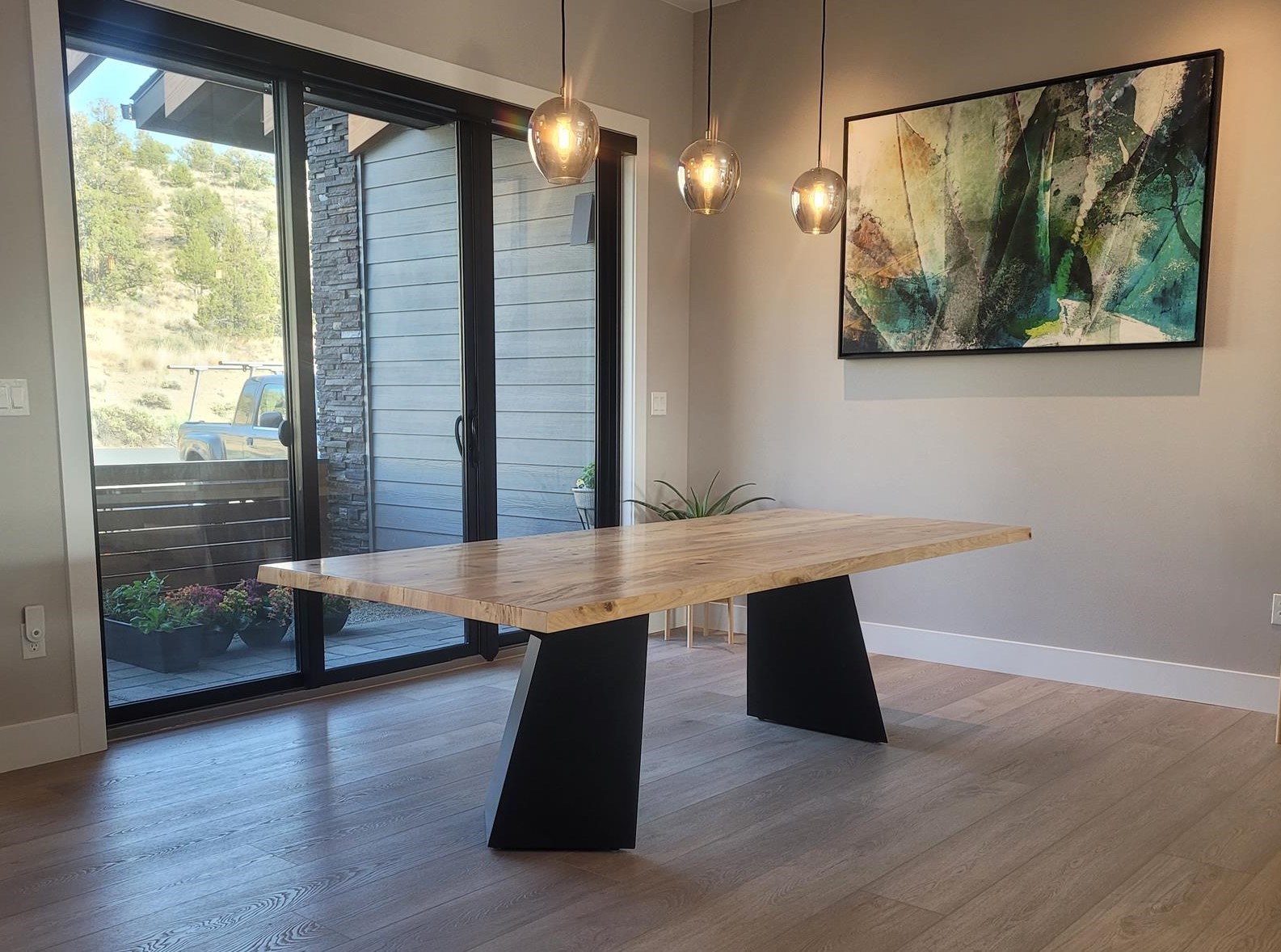Discovering Various Layouts for Dining Room Table Legs to Suit Your Aesthetic
Discovering Various Layouts for Dining Room Table Legs to Suit Your Aesthetic
Blog Article
Selecting the Perfect Table: What Styles Work Best for Your Home?
Choosing the excellent dining table for your home can be a nuanced process that stabilizes aesthetics and functionality. To navigate these options successfully and discover a table that genuinely complements your home, consider the complying with facets in detail.
Evaluating Your Area
Reviewing the measurements and layout of your dining area is a vital primary step in selecting the ideal table. Begin by determining the size and size of the space, making up entrances, home windows, and various other architectural features that could influence table placement. This guarantees that your table not only fits but also enables comfortable movement around it.
Consider the number of people you generally captivate. A table ought to accommodate your home's daily needs while offering sufficient adaptability for periodic visitors. Generally of thumb, designate a minimum of 24 inches of table width each to ensure a comfy eating experience.
It's likewise necessary to preserve suitable clearance around the table. Ideally, there need to go to least 36 inches between the table side and wall surfaces or other furniture, making it possible for simple gain access to and movement. For rooms where chairs with arms or added storage units like buffets are entailed, boosting this clearance to 48 inches is recommended.
Illumination and atmosphere play substantial functions. Ensure that your eating table lines up with existing lighting components or plan for ample illumination solutions. This extensive spatial evaluation guarantees that your table not only fits literally but additionally balances with your area's general capability and aesthetic.
Popular Table Styles

Traditional dining tables often feature luxuriant information, rounded legs, and rich wood finishes, stimulating a sense of timeless elegance. They are best for homes with classic design or those wanting to add a touch of sophistication to their eating location.
Modern dining tables prioritize simpleness and tidy lines, commonly integrating materials like glass and steel. These tables are excellent for modern spaces, providing a streamlined and clean look that enhances minimal design philosophies.
Rustic eating tables, on the other hand, emphasize all-natural materials and a handmade appearance - dining room table legs. They frequently include recovered wood and a troubled finish, developing a warm and inviting environment. These tables work well in farmhouse-style homes or those looking for a comfortable, natural feel
Industrial eating tables integrate resources such as steel and wood, commonly showcasing an utilitarian visual. This style is fit for lofts or city spaces, including a touch of rugged beauty and sturdiness to the eating experience.
Each style supplies distinct benefits, making it important to choose one that lines up with your home's total style and your individual preferences.
Material Selections
When selecting an eating table, the selection of material plays a critical role in establishing both the table's aesthetic appeals and capability. Wood, metal, glass, and composite products each deal distinct advantages and obstacles, making it vital to straighten the material with your home's design and way of living demands.
Wood is an ageless and flexible alternative, available in varieties such as oak, walnut, and mahogany. Understood for its longevity and warmth, wood enhances both traditional and contemporary interiors. Nonetheless, it calls for regular maintenance to stop scratches and bending.
Metal tables, frequently crafted from stainless steel, light weight aluminum, or functioned iron, are applauded for their modern-day allure and effectiveness. They are specifically matched for commercial or minimal setups yet can be vulnerable to damages and might really feel cool to the touch.
Glass eating tables bring an air of style and published here visibility, perfect for smaller sized areas as they produce an illusion of more room. While very easy to tidy, glass can be vulnerable to spots and needs cautious managing to prevent chips and fractures.
Composite materials, such as MDF and plywood, offer cost-effective and customizable solutions, though they might do not have the durability of natural materials. Selecting the appropriate product guarantees your dining table is both a functional asset and an aesthetic pleasure.
Shape and Size Factors To Consider
After establishing the proper material for your table, the following factor to consider is choosing the right sizes and shape to suit your room. The form of that site the table considerably influences the area's aesthetic and functionality. Rectangle-shaped tables, the most common form, are optimal for larger rooms and can fit a greater variety of guests. They additionally permit a more official dining experience. Alternatively, round tables cultivate a sense of intimacy and are exceptional for smaller eating areas, urging conversation by removing corners and making every person feel just as included.
Dimension is equally vital and should be dictated by both the area's dimensions and the variety of individuals you plan to seat on a regular basis. Generally of thumb, assign a minimum of 24 inches of table size each to make sure comfy eating. Additionally, think about the table's clearance room: there should be at least 36 inches in between the table side and the wall surfaces or various other furniture. This guarantees that restaurants can walk around conveniently without feeling cramped. Prolonging tables use adaptability if you regularly host larger gatherings, offering extra seats when required without inhabiting added room daily. Picking the appropriate sizes and shape ensures both functionality and visual harmony in your eating location.
Matching Your Design
Picking a dining table that balances with your existing decor is critical in developing a cohesive and welcoming room. A smooth, minimal table with clean lines is optimal for a modern-day home, while a reference vintage, ornate table matches a more conventional setup.
Color and material are similarly substantial. If your design includes cozy tones and natural materials, think about a wood table to enhance the organic feeling. Alternatively, a glass or metal table may be better suited in a room dominated by amazing shades and commercial elements. Take note of the surface, as it must mirror various other furniture and fixtures to maintain harmony.
A rough-hewn, reclaimed timber table can include character to a rustic room, while a sleek marble surface area can raise a glamorous dining location. A well-matched eating table not only enhances aesthetic charm but also improves the general dining experience.

Verdict
Picking the ideal dining table necessitates careful factor to consider of room, design, products, form, and size. Conventional tables complement classic interiors with rich timber coatings, while modern-day tables fit modern setups with glass and metal.
Report this page